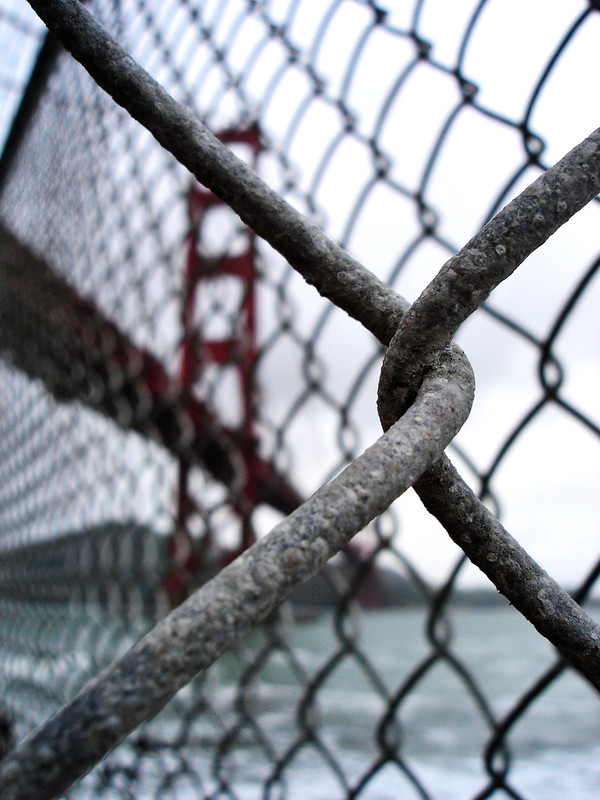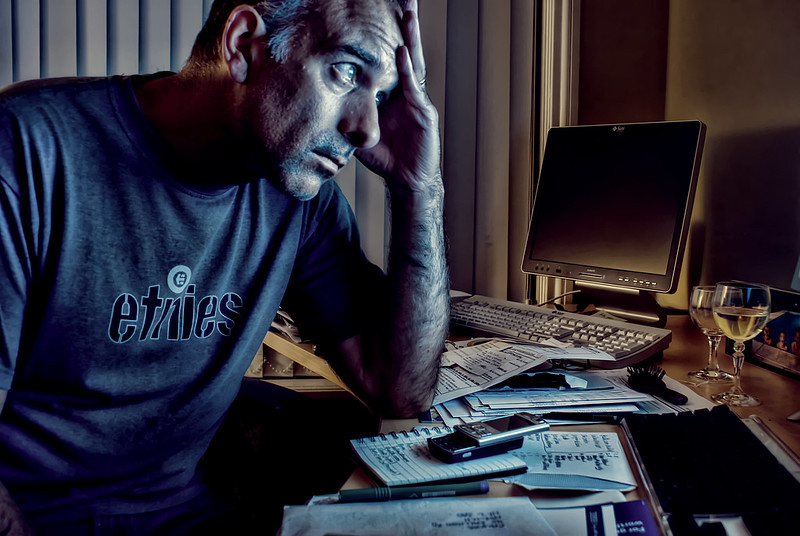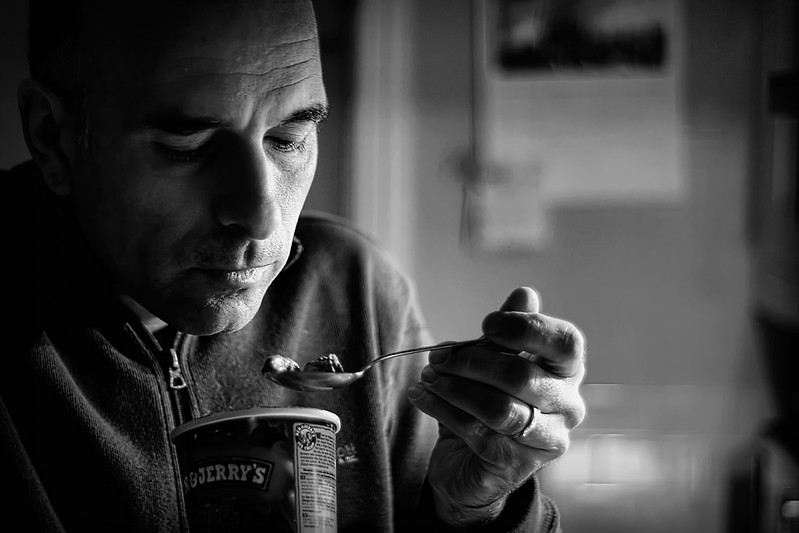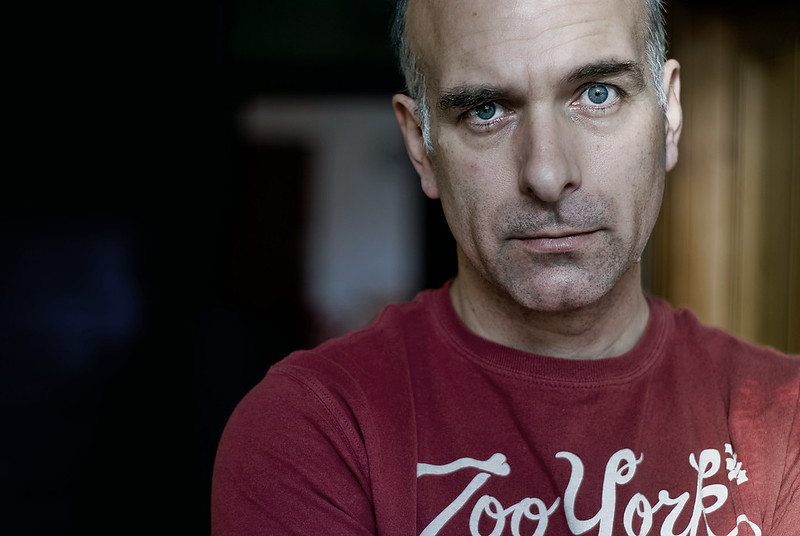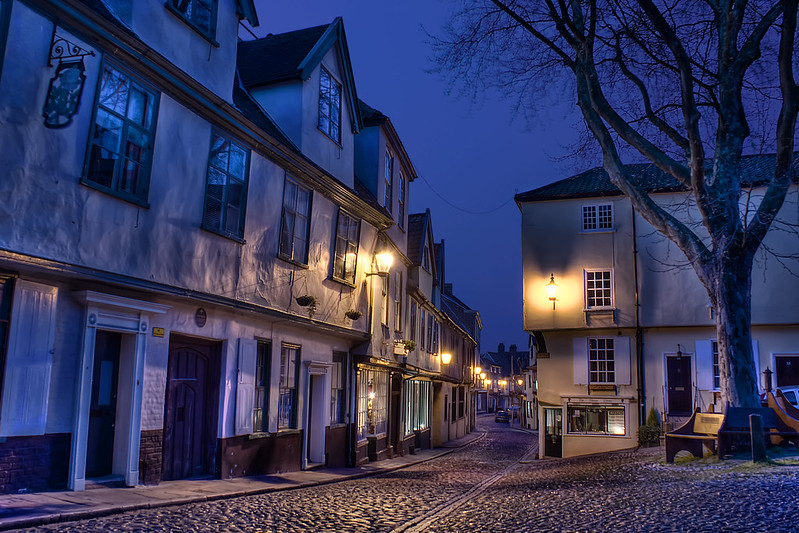February 24, 2010
since the steady decline of my much-loved golden (“champagne” actually) sony alpha 300 following its unceremonious clattering onto my stone kitchen floor, I have, of course, been spending as much as I would pay for a new dslr on magazines telling how much to spend on a new dslr. I loved my a300 and it travelled with me to mountain peaks, more mountain peaks, canyons, gorges (oh, I haven’t published that one yet), up cathedral towers, along andalucian streets, and even spent an entire year pointing at my face (or fingers) for the sake of ART. so when it was apparent that I’d killed it, I was a little bit sad. how could I replace it
that was the question I pondered for a couple of months, with the help of the multiple magazines and dpreview and other assorted online resources will allowed me to compare, side by side, any number of options just to work out which had the brightest lcd. in the end, I had narrowed it down to a very small subset of candidates, based mainly on release date, price, and functionality. that small subset was the sony alpha 500, the canon eos 500D (rebel t1i, I think) or, erm, something else. maybe a nikon d90. not a lot to choose between them, apart from the obvious differences, like either having video or not (don’t care), having gazillions more dots on the lcd (don’t care), having auto-bracketing at more than 0.7 (ooh, um, I like that), or image stabilsation in-camera (ah, now, that I like). it took a good while to ponder the options, but in the end it was determined by a small investment I’d already made. my minolta AF 50mm 1.7 lens. it was only 80 quid, but I like it very much, and if I bought canon or nikon, I’d have to fork out that much again to get an equivalent 50mm lens, which, in my head, I equated to 160 quid, since I’d have wasted the 80 quid I already spent. I expect this is all too familiar to photographers who have opted into a camera system (canon, nikon, other), but since this was my first upgrade, it was the first time it made the decision for me. and that decision was to upgrade to the a500.
but, to be honest, there’s more to it than that. I have a tendency to deliberately opt into brands that are less common. not that sony is an uncommon brand. its just that I like that its not a canon or a nikon. ridiculous, I know, but that’s why I got the a300 in the first place and I was totally pleased with that choice. that’s why I don’t have an iphone. that’s why I have sony walkman. that’s why my foot hurts where I sometimes shoot it. to be honest, I’m a bit of a sony fanman, ever since I got the first blue plastic walkman in 1927. I have a 15 year old sony trinitron that refuses to die, which means I can’t get my hands on a sony bravia. I have a sony playstation 2 which works perfectly well which is why I can’t fork out on a ps3. I have a sony network walkman which has the perfect audio reproduction for me, and means I don’t have to use the godawful itunes. my only slight wobble on the way of the sony is a panasonic lumix tz6, which I bought as a replacement for my trusty sony w1, which did actually give up the ghost. I would have got a sony x1 or whatever it is now, but just didn’t have the funds. that’s the only trouble with sony – its not cheap – but then, they last forever. unless you drop them on stone kitchen floors.
which, mercifully, brings me back to the sony alpha a500. I can’t lie, my choice was also made by the nature in which I able to make a new purchase. since I claimed the value of the a300 through my household insurance (covered by accidental damage. ahem, tescos home insurance was a breeze) I was only able to actually buy a replacement at a branch of the dixons group, as fulfillment is via a dixons group voucher card, rather than just handing out cash. I mean, I could spent the value on whatever I liked, but it had to be at pc world (ahem), currys (ahem) or currys.digital (don’t knock it until you’ve tried it). now, this had the effect of filtering my choices even further. because, if they didn’t stock it, I couldn’t buy it. fair enough, as long as they had what I wanted. having already decided I would be upgrading with sony, I still had the tantalising choice of the a500 or slighty better specified a550. whats the difference? not much. dots, megapixels and, erm, video, I think, and since I’m not bothered by dots or video, its only really the megapixels that might sell it. however, as I mentioned to mr villas this morning, given the choice, with the same available space, I’ll go for less megapixels, thank you. just my preference. I don’t have graphs and multiple example exposures to back it up (go to dpreview for that), but I do believe, where megapixels are concerned, these days, less is more. I don’t need mahoosive. I need quality. I think I get it that way. oh, and currys.digital doesn’t sell the a550. sony alpha 500 please! with the kits lens, yes.
I don’t know what databases the replacement prices are kept on, or what the current best price for the a500 is, but I know that I ended up paying 180 GBP for a new sony a500 with 18-55mm lens. I couldn’t possibly have paid the 529 GBP asking price, so my a300 calamity turned into an upgrade I’m already very pleased with. of course, my insurance premium, at renewal, will be 17,000 quid, but I’m happy for now. unfortunately, my new camera isn’t gold. or champagne. its black, like yours probably is. but, so far, I love it. and you probably love yours too.

